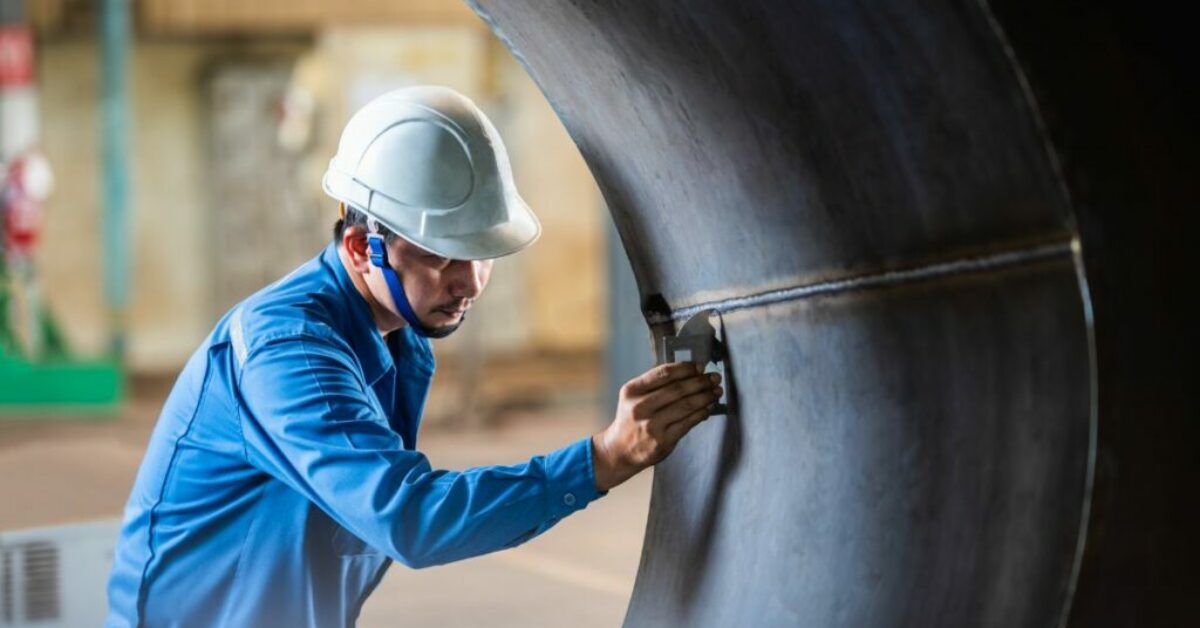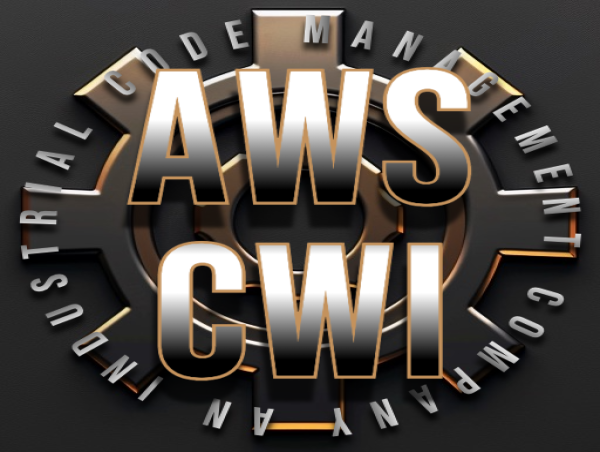A Comprehensive Overview to Welding Assessment Techniques and Finest Practices for Quality Guarantee in Construction Projects
Welding assessment serves as a basic pillar in making certain the architectural stability and safety and security of produced tasks. Developing reliable techniques and a robust quality administration system can improve conformity and reliability.
Relevance of Welding Assessment
Welding inspection is a critical element in guaranteeing the honesty and safety of welded frameworks. The procedure involves an organized evaluation of welds to identify any flaws that might jeopardize the strength and toughness of the last product. Reliable assessment is vital not only for compliance with market criteria and laws yet also for securing the health and wellness of workers and the public.
In addition, welding inspection serves as a valuable tool for constant renovation in fabrication processes. Eventually, prioritizing welding examination fosters a society of high quality assurance, making sure that projects fulfill both customer assumptions and regulative requirements.
Usual Welding Inspection Strategies
Different methods are used to check welds, each customized to discover specific types of issues and guarantee high quality. Among one of the most frequently utilized approaches are visual examination, ultrasonic screening, radiographic screening, magnetic particle testing, and color penetrant screening.
Aesthetic examination is the most straightforward technique, enabling examiners to identify surface area irregularities such as cracks, porosity, and undercutting. Ultrasonic testing utilizes high-frequency acoustic waves to spot inner defects, supplying a comprehensive assessment of weld honesty. Radiographic screening uses X-rays or gamma rays to produce pictures of the weld, disclosing internal issues that are not visible to the nude eye.
Magnetic particle screening is particularly efficient for ferromagnetic materials, recognizing surface and near-surface issues by using magnetic fields and utilizing fine bits that show abnormalities. Dye penetrant testing includes applying a tinted color to the weld surface area, which leaks into cracks and is revealed under ultraviolet light, making it simple to identify defects.
Each of these strategies plays a vital duty in keeping welding high quality, and the selection of an ideal technique relies on the certain needs of the fabrication task, including product type, weld arrangement, and the wanted degree of inspection.
Necessary Assessment Devices


These instruments aid ensure that welds fulfill the needed specifications for toughness and toughness. Furthermore, Resources ultrasonic screening devices are utilized to spot interior imperfections without jeopardizing the integrity of the weld.
One more vital tool is the firmness tester, which analyzes the mechanical residential or commercial properties of a weld and establishes its suitability for certain applications. Ultimately, welding examination software application help in documenting findings, facilitating information evaluation, and making certain conformity with industry standards. With each other, these crucial examination devices create a detailed collection that supports the welding assessment procedure, eventually adding to the quality control of fabrication tasks.
Finest Practices for Quality Control
In the pursuit of quality control, applying ideal practices is necessary for achieving regular and trustworthy welding outcomes. Developing a detailed welding top quality monitoring system (WQMS) is basic. This system must encompass specified treatments, requirements, and paperwork techniques that guide every stage of the welding process.
Routine training and qualification of welding workers are important. Knowledgeable welders with upgraded knowledge of techniques and security measures contribute substantially to quality. Furthermore, conducting pre-welding evaluations guarantees that materials and equipment meet defined standards, lowering the likelihood of problems.
Incorporating real-time monitoring during the welding process permits for prompt detection of abnormalities, allowing restorative activities to be taken promptly. Post-welding inspections, including aesthetic checks and non-destructive screening (NDT), are essential in confirming weld honesty and compliance with market criteria.
Furthermore, keeping thorough records of examinations, weld parameters, and corrective activities fosters a culture of responsibility and continuous improvement. Involving stakeholders in regular top quality evaluations can additionally enhance the overall efficiency of quality assurance measures. By adhering to these ideal practices, organizations can significantly raise their welding high quality guarantee initiatives, thus making sure task success and customer complete satisfaction.
Enhancing Security and Compliance
Attaining high criteria in welding top quality guarantee naturally lines up helpful resources with the vital of improving safety and conformity within the market. Reliable welding inspection methods are essential in identifying potential risks and making sure that all processes abide by regulatory requirements. These methods not only offer to keep architectural stability yet additionally safeguard the health and wellness and security of workers involved in construction projects.
Applying rigorous examination protocols, such as aesthetic exams, non-destructive screening (NDT), and comprehensive documentation, develops a society of safety and accountability. Educating welders and assessors in current security regulations and finest methods is important. This ensures that all staff member are aware of prospective risks and are equipped to mitigate them.
Moreover, conformity with industry standards, such as those established by the American Welding Culture (AWS) and the International Company for Standardization (ISO), is non-negotiable. Normal audits and evaluations aid determine spaces Get the facts in security procedures and promote continual enhancement - Welding Inspection Milwaukee. Inevitably, a commitment to improving safety and security and conformity not just fosters a safer working atmosphere but also brings about premium quality end results and minimized responsibility for companies taken part in welding construction
Conclusion

Welding examination offers as a fundamental pillar in making certain the structural stability and security of produced tasks.Welding assessment is an important component in making sure the stability and safety of welded structures. Ultimately, prioritizing welding inspection fosters a society of quality guarantee, making certain that tasks fulfill both client expectations and regulative demands. Together, these vital inspection tools form a detailed collection that sustains the welding assessment procedure, ultimately adding to the quality assurance of construction jobs.
In final thought, reliable welding assessment is vital for making sure the structural honesty and safety and security of fabricated tasks. Welding Inspection Milwaukee.